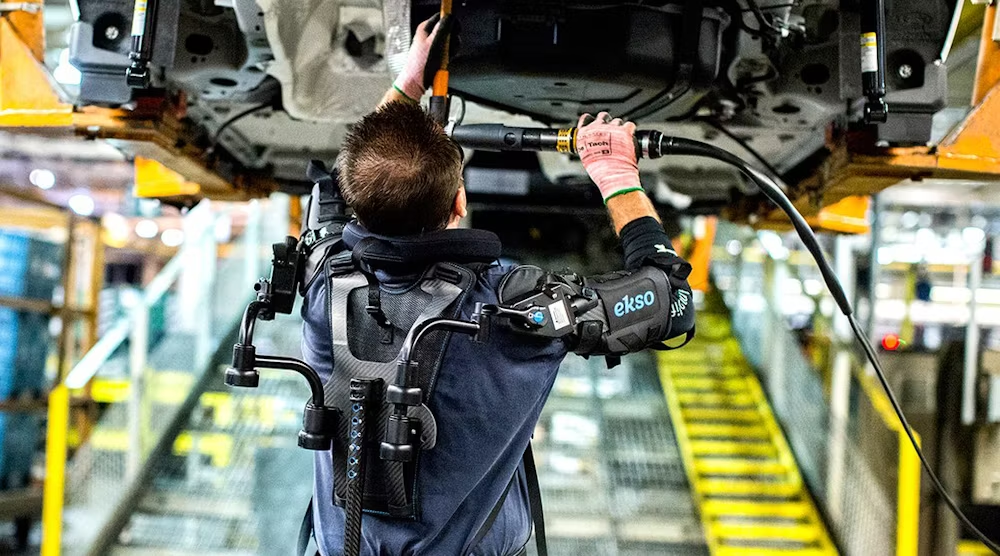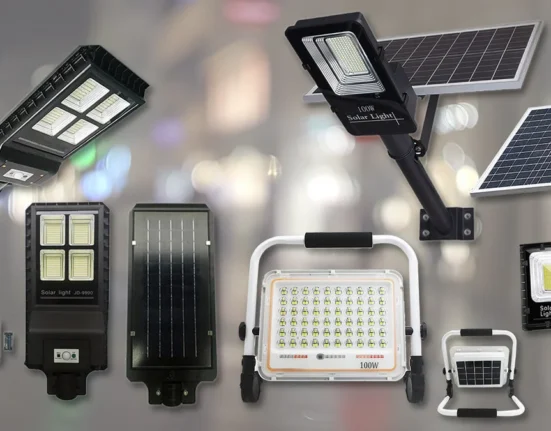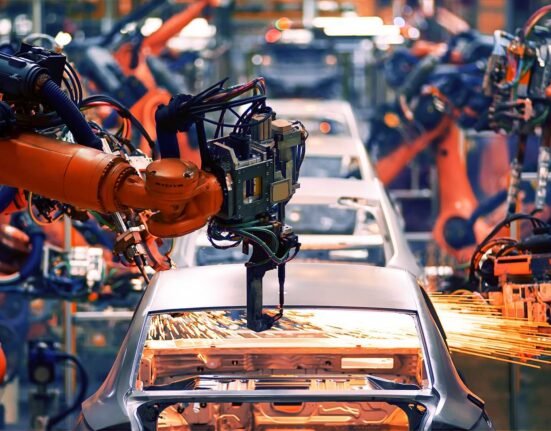The construction industry is on the brink of a major transformation, thanks to the introduction of exoskeleton technology. These wearable robotic systems are designed to enhance human strength, reduce fatigue, and minimize injury risks, making them a game-changer for construction workers and engineering professionals alike. With safety concerns and efficiency demands growing in the sector, exoskeletons are poised to bridge the gap between human labor and automation, offering solutions that redefine workforce capabilities.
Construction work is physically demanding, often requiring repetitive movements, heavy lifting, and prolonged standing, all of which contribute to musculoskeletal injuries. Exoskeletons provide mechanical support to workers, reducing strain on joints and muscles while enhancing overall endurance. For Nigerian engineers and construction professionals, this technology presents an opportunity to improve workplace safety standards, increase productivity, and align with global advancements in industrial innovation.
One of the key benefits of exoskeletons is their ability to mitigate work-related injuries, particularly those caused by heavy lifting and sustained exertion. In regions where construction safety regulations are still evolving, exoskeletons could serve as a vital tool to minimize workplace accidents and ensure compliance with international safety protocols. Engineering, Procurement, and Construction (EPCI) professionals should explore ways to integrate these technologies into existing safety frameworks to promote better working conditions.
The adoption of exoskeletons also holds significant implications for labor efficiency and project timelines. By reducing physical strain, workers can maintain higher energy levels throughout the day, leading to increased productivity and reduced downtime. This is particularly crucial for large-scale infrastructure projects, where meeting deadlines is paramount. Nigerian construction firms and engineers must stay ahead of these innovations to remain competitive in an increasingly technology-driven industry.
From an engineering perspective, the design and development of exoskeletons involve a sophisticated blend of biomechanics, robotics, and material science. Advanced exoskeleton models use AI-driven systems to adapt to the user’s movements, ensuring seamless integration between human effort and robotic assistance. This opens up a wide range of career opportunities for Nigerian engineers specializing in robotics, automation, and wearable technology, particularly in international markets where these technologies are in high demand.
For those looking to break into the U.S. construction and engineering industry, expertise in exoskeleton technology could provide a competitive edge. Companies are actively seeking professionals who can bridge the gap between mechanical engineering, ergonomics, and safety compliance. By gaining certifications in advanced construction technologies and understanding how exoskeletons function in real-world applications, Nigerian engineers can position themselves for lucrative job opportunities abroad.
Beyond physical augmentation, exoskeletons contribute to long-term worker well-being by reducing the risk of chronic injuries that can lead to early retirement or disability. This innovation not only enhances worker longevity but also improves overall job satisfaction, ensuring that skilled labor remains in the industry for extended periods. By embracing these advancements, construction firms can significantly cut costs associated with workplace injuries, compensation claims, and rehabilitation programs.
Despite the clear benefits, the integration of exoskeletons into construction faces some challenges. High initial costs, training requirements, and potential resistance from workers unfamiliar with the technology must be addressed. Engineering firms and project managers should prioritize awareness campaigns, training programs, and pilot projects to demonstrate the effectiveness of exoskeletons in improving both safety and efficiency.
The future of construction is evolving rapidly, and exoskeletons represent a pivotal shift toward a safer and more efficient industry. For Nigerian engineers, project managers, and industrial stakeholders, now is the time to explore these advancements, develop expertise, and leverage global opportunities in wearable robotics. Platforms like epci.ng offer valuable insights, training resources, and networking opportunities to stay ahead in this competitive field.
Get the latest updates on Energy, Construction, Engineering, and Cryptocurrency. Join us on WhatsApp or Telegram for real-time news. Have a report or article? Send it to report@epci.ng.
Follow us on X (Twitter), Instagram, LinkedIn, and Facebook for more industry insights.







Leave feedback about this